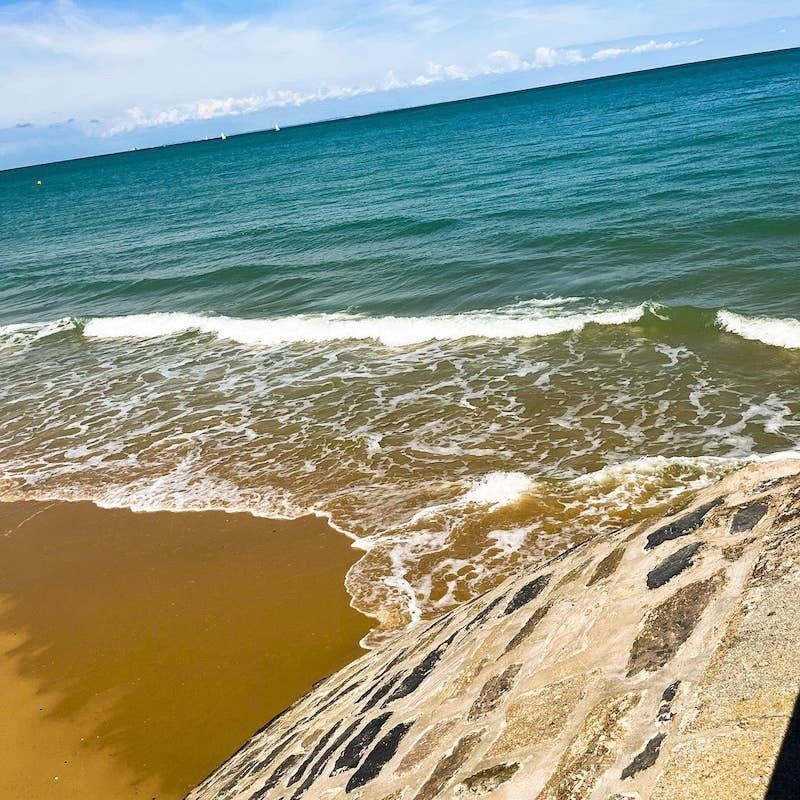What is Ambergris
The treasure of the sea has a name: ambergris. This word comes from French “ambre gris” which literally means grey amber.
What is Ambergris?
Ambergris is a waxy substance formed in the digestive tract of sperm whales. Most scientific accounts describe it as a fecal concretion that develops around indigestible squid beaks and is eventually expelled after long exposure to sea, air, and sunlight. While regurgitation is sometimes mentioned, the evidence more strongly supports intestinal formation and eventual passage.
Its origin was a mystery for many years. When it became better understood, commercial whaling expanded primarily for whale oil used in lighting and industry, with ambergris a prized but comparatively rare by-product.
Legality
Sperm whales are widely protected in many jurisdictions. Ambergris is generally treated as a naturally occurring waste substance, but laws vary by country. For example, in the United States possession or trade is broadly prohibited under federal protections, whereas some other countries allow collection of naturally stranded pieces. Always check local regulations before collecting or selling ambergris.
Rarity and Where It’s Found
Ambergris is rare. It can float on the ocean for years and has been reported along coasts across the Atlantic, Indian and Pacific Oceans, including South Africa, Brazil, Madagascar, the Maldives, Japan, Australia and New Zealand. Occasional finds are reported in the UK as well.
Ambergris is precious, one of the rarest materials found at sea or on land. Pricing varies significantly by grade, size, and market; exceptional pieces can fetch very high prices, while more common grades trade for much less. Because markets and gold prices fluctuate, direct comparisons to gold aren’t reliable over time.
Its color evolves with oxidation and weathering. Black is typically the least mature; pieces usually improve in odor profile as they age from brown through grey toward pale or white, though well-cured greys can also be highly prized.
Why make Ambergris Perfumes?
Ambergris has a special quality sought after in perfumery: it improves diffusion and longevity. Fresh black ambergris can smell strongly animalic, but sun, salt water, and time transform it into a compact, waxy material with a nuanced scent. Its aroma is complex: ambery, musky, warm and oceanic; with subtle tobacco-leaf facets.
Ambergris functions primarily as a base-note material and fixative. It has low volatility and can lend a fragrance radiance and persistence for days. Even small amounts can noticeably extend wear time, helping you get more from each application while smelling exceptional.
What Are the Different Qualities of Ambergris
Ambergris evolves with time and exposure to the elements, presenting in distinct colors and scent profiles. Color is a clue, but the aroma is the true measure of quality.
White Ambergris: two aromatic families (guidelines, not rules)
Perfumers often describe white ambergris along a spectrum with two recurring families. These are helpful guidelines rather than strict categories, and individual pieces can show facets of both.
Fresh Oceanic
Crisp, saline, and slightly animalic. Think clean sea air with a subtle raw oceanic nuance. It lends lift and an airy, luminous quality to a composition.
Warm
Sweet, comforting warmth with tobacco and vanilla facets. It gives a plush, cocooning presence and a sense of sunlit softness.
Aging, oxidation, sunlight, and time in seawater shape these profiles more than place of origin.
Other qualities by maturation
Grey Ambergris
A transitional stage that balances marine freshness with warm, earthy undertones. Versatile for adding depth without overpowering a blend.
Brown Ambergris
Often softer and waxier, with sweeter musky to floral facets. Useful for warmth and richness.
Black Ambergris
The least mature form. Dense and sticky with strong earthy and marine facets. It can improve markedly with proper curing and age.
The journey from black to brown to grey and finally pale or white is a quiet alchemy of sea, air, sunlight, and time. Evaluation considers color, odor, texture, and density, with scent as the deciding factor.
One More Thing
The specific scent characteristics of any piece vary with age, oxidation, and environmental exposure. Reputations attached to regions reflect anecdotal evidence and reports of notable finds rather than guarantees about all ambergris from a given area.
Historical Uses and Cultural Beliefs
Beyond perfumery and incense, ambergris appears in historical texts and traditional practices across different cultures. Historical sources attribute a range of uses to it, including tonics and aphrodisiac preparations, but these reflect belief and tradition rather than established modern medical evidence. Today, its principal role is in fine perfumery.
The Alternative: Synthetic Ambergris Notes
A widely used ambergris-type note is Ambroxan, typically synthesized from sclareol, a natural diterpene obtained from clary sage. Industrial processes convert sclareol to Ambroxan through chemical (and sometimes biotechnological) steps, offering a consistent and sustainable alternative to natural ambergris.
Our Conclusion
Now as for our final verdict, nothing quite beats the original and natural of anything. It’s authentic, more powerful, contains all the other extras that we love, and makes the whole experience real. If you can get your hands on perfume that contains real ambergris, then you’ll learn very quickly that there is nothing quite like it.
If you want to experience real ambergris, you will find some perfumes with real authentic ambergris inside our Ambergris Collection, among them the famous Sheikh Al Faransi, Le Corsaire, Imperial Ambergris and Amber Al Quds.
Ambergris vs. Amber
While ambergris and amber are both iconic in perfumery, they are entirely distinct. Amber refers to a warm, resinous accord crafted from botanical and synthetic sources, whereas ambergris is a marine-based substance with animalic and oceanic nuances. To explore the fascinating world of amber and its variants, check out our detailed article: What is Amber in Perfume.




